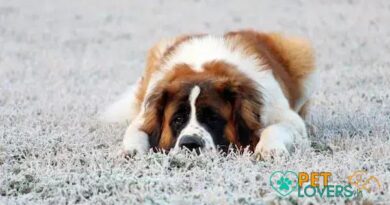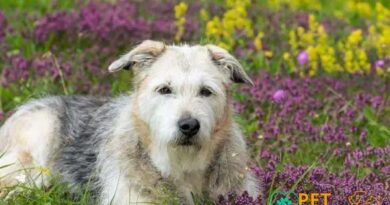What is gestures of happy dogs
Understanding Happy Dog Gestures
When we talk about the gestures of happy dogs, we delve into a fascinating world of canine communication. Dogs express their emotions through a variety of body language cues, and recognizing these signs can enhance the bond between you and your furry friend. Happy dogs often exhibit behaviors that indicate joy, comfort, and contentment, making it essential for dog owners to understand these gestures.
Tail Wagging: The Universal Sign of Happiness
One of the most recognizable gestures of happy dogs is tail wagging. A wagging tail can signify excitement and happiness, especially when it is wagging vigorously. However, the position of the tail also matters; a tail held high and wagging broadly usually indicates a happy and confident dog, while a low wagging tail might suggest submission or uncertainty.
Playful Bouncing and Bowing
Happy dogs often engage in playful bouncing and bowing, known as the “play bow.” This gesture involves the dog lowering its front legs while keeping its rear end elevated, signaling an invitation to play. This behavior is a clear indication that your dog is feeling joyful and wants to interact, making it an essential gesture to recognize during playtime.
Relaxed Body Posture
A relaxed body posture is another significant indicator of a happy dog. When a dog is comfortable and content, its body will appear loose and at ease. Signs of relaxation include a soft gaze, a slightly open mouth, and a body that is not tense. This posture contrasts with a stiff or rigid stance, which may indicate stress or discomfort.
Playful Barking and Whining
Vocalizations are also part of a dog’s communication repertoire. Happy dogs may bark or whine in a playful manner, often accompanied by wagging tails and playful movements. This type of barking is typically higher-pitched and more excited than barking that indicates distress or aggression. Understanding the context of these sounds can help you gauge your dog’s emotional state.
Affectionate Nuzzling and Licking
Affectionate gestures such as nuzzling and licking are common among happy dogs. When your dog nudges you with its nose or gives you gentle licks, it is often expressing love and affection. These gestures can strengthen the bond between you and your pet, reinforcing feelings of happiness and security.
Bright Eyes and Relaxed Ears
The expression in a dog’s eyes can reveal a lot about its emotional state. Happy dogs typically have bright, alert eyes that convey curiosity and enthusiasm. Additionally, relaxed ears that are not pinned back or overly alert indicate a calm and happy demeanor. Observing these facial cues can provide insight into your dog’s feelings.
Excited Jumping and Circling
When a dog is particularly happy, it may express its excitement through jumping and circling. This behavior is often seen when you return home or during playtime. While this exuberance can be endearing, it’s essential to teach your dog appropriate ways to greet you, ensuring that their happiness is expressed in a controlled manner.
Seeking Attention and Cuddling
Happy dogs often seek attention from their owners, whether through nudging, pawing, or simply sitting close by. This desire for companionship is a clear sign of a happy dog. Additionally, many dogs enjoy cuddling, which not only indicates happiness but also reinforces their bond with you. Providing affection in return can create a positive feedback loop of happiness.
Conclusion: The Importance of Recognizing Happy Dog Gestures
Understanding the gestures of happy dogs is crucial for fostering a strong relationship with your pet. By recognizing these signs of joy, you can respond appropriately, ensuring your dog feels loved and secure. This knowledge not only enhances your bond but also contributes to your dog’s overall well-being and happiness.




